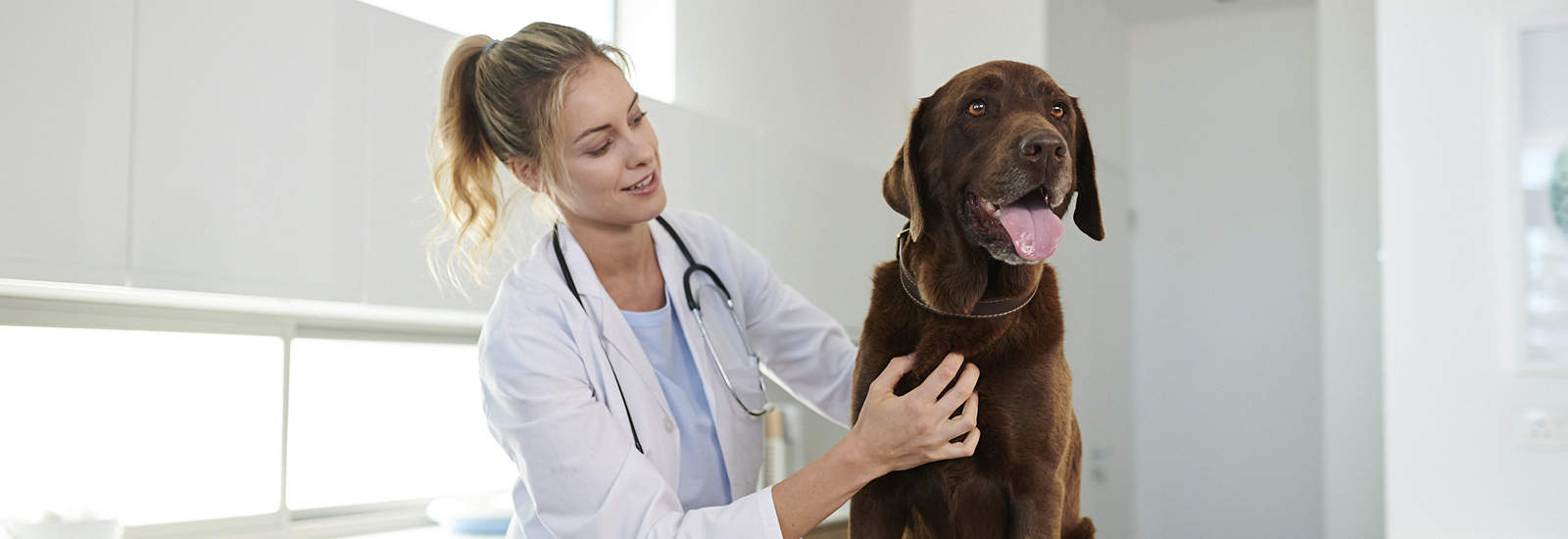Gastric torsion in dogs
Large, deep-chested breeds of dogs are particularly susceptible to life-threatening gastric torsion. There are a number of things you can do to reduce the risk.
As hunters and pack animals, dogs have a highly adaptable stomach: Wolves, which are closely related to dogs, often have to fast for a considerable length of time after a successful hunt. Their stomachs are therefore able to digest a very large amount of food when it becomes available. Similarly, dogs have retained the ability to consume excessive amounts of food. After eating, it is important that they are able to rest and have the opportunity to digest the food without being disturbed.
The risk of gastric torsion
If this is not the case and the dog plays instead of resting after a large meal, there will be a severe build-up of gas in its stomach. Normally, the air is expelled through the oesophagus and bowels. However, unfavourable movements or a rapid build-up of gas can cause the outlets of the bloated stomach to close, resulting in dangerous gastric torsion. Here, important blood vessels inside the stomach are cut off and a fatal circulatory shock occurs within a few hours.
Symptoms of gastric torsion
Dogs suffering from gastric torsion show obvious signs of discomfort and restlessness. They pant, salivate and try unsuccessfully to vomit. A typical symptom is a pronounced increase in the circumference of the stomach directly behind the bottom edge of the rib cage. Eventually there are clear circulatory symptoms with pale mucous membranes, grogginess and loss of consciousness. If you suspect that your dog is suffering from gastric torsion, do not waste any time. Call a vet immediately and take your dog to the surgery or clinic.
Preventative measures
As a preventative measure, you should always allow your dog to rest after it has eaten. Also, avoid giving your dog large amounts of food all at once and instead spread them out over several meals.
You may also like this
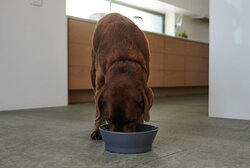
Feeding your dog properly
There are a few things to consider regarding everyday feeding
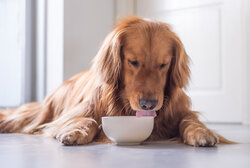
Dietary fibre for dogs
Dietary fibre provides energy and supports digestion
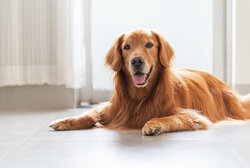
Blood pressure in dogs
Measuring blood pressure provides health information
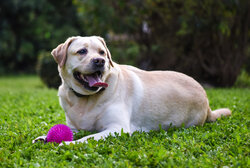
Excess weight in dogs
Obesity causes a variety of health problems
